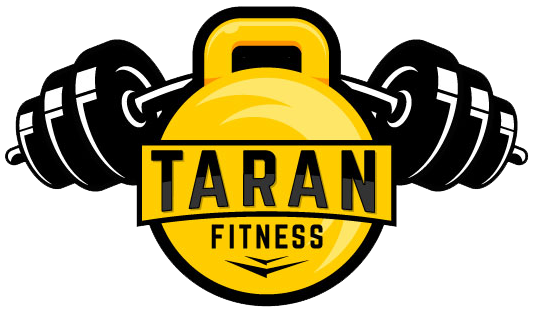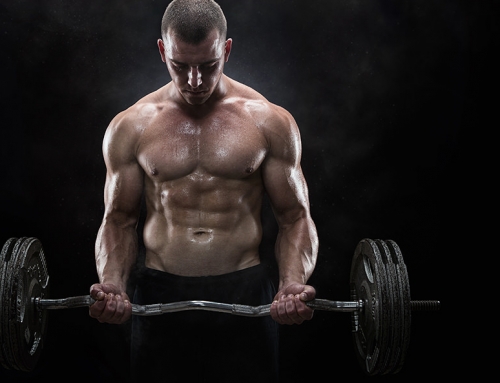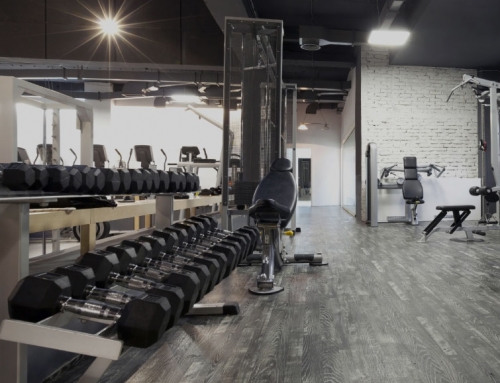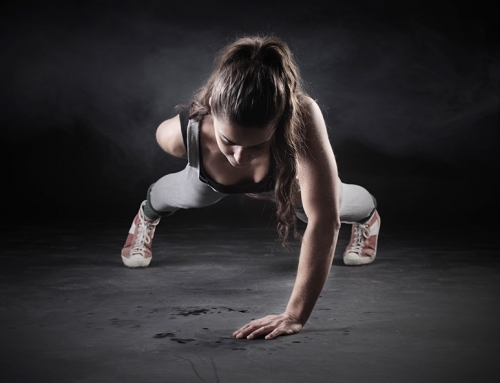Embarking on a fitness journey requires more than just hitting the gym or following a workout plan; it also involves tracking your progress effectively. Monitoring your body stats provides valuable insights into your fitness gains and helps you stay motivated. In this blog, we’ll explore the best ways to track your body stats for fitness success.
- Body Measurements
Keeping tabs on your body measurements is an excellent way to gauge your progress, especially when focusing on muscle gain or fat loss. Key areas to measure include:
- Chest: Measure around the fullest part of your chest.
- Waist: Measure at the natural waistline, typically just above the navel.
- Hips: Measure around the fullest part of your hips.
- Thighs: Measure the circumference of each thigh at the midpoint.
- Arms: Measure the circumference of each arm at the bicep.
Be consistent in your measuring technique, and record your measurements regularly, such as every two weeks.
- Body Weight
While body weight alone doesn’t tell the whole story, it’s a simple and accessible metric to track. To get the most accurate picture, weigh yourself at the same time of day and under similar conditions, like after waking up and using the restroom. Keep a record of your weight over time to identify trends.
- Body Fat Percentage
Body fat percentage is a more accurate indicator of your body composition than weight alone. Several methods are available to measure body fat, including:
- Skinfold Calipers: A caliper measures the thickness of skinfolds at specific sites on your body.
- Bioelectrical Impedance Scales: These scales send a low electrical current through your body to estimate body fat percentage.
- Dual-Energy X-ray Absorptiometry (DXA): DXA scans provide a highly accurate assessment of body fat, lean mass, and bone density.
While these methods differ in accuracy, they can all be useful for tracking trends in your body fat percentage.
- Progress Photos
Visual evidence can be a powerful motivator. Take front, side, and back photos of your body in consistent lighting and clothing (ideally swimwear or workout attire). Compare these photos over time to notice changes in your physique.
- Fitness Apps and Wearable Devices
Numerous fitness apps and wearable devices, such as fitness trackers and smartwatches, can help automate and streamline the tracking process. They can monitor various metrics like steps taken, heart rate, calories burned, and more. Many of these devices sync with mobile apps or online platforms that provide detailed insights and progress tracking.
- Strength and Performance Metrics
Don’t forget to track your performance in the gym. Keep a workout journal to record the weights, reps, and sets for each exercise. Tracking your strength gains and workout progression is an excellent indicator of your fitness improvements.
- Regular Body Composition Assessments
Consider scheduling periodic assessments with a fitness professional or registered dietitian who can measure your body composition accurately and provide tailored guidance based on your goals.
Conclusion
Effective tracking of your body stats is a valuable tool for achieving your fitness goals. By combining several tracking methods, such as measurements, body weight, body fat percentage, photos, and technology-based solutions, you’ll have a comprehensive view of your progress. Remember that fitness is a journey, and tracking your body stats allows you to celebrate your successes, make necessary adjustments, and stay motivated on your path to better health and fitness.







Leave A Comment